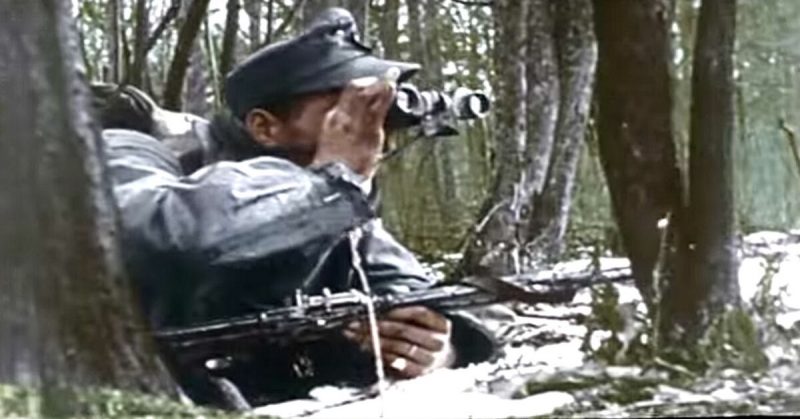The final major offensive for the German’s during the Second World War began on the 16th of December 1944 and ended roughly a month later on the 25th of January the following year. The tide had turned against the Nazis and the Axis Powers after the Allied invasion of Normandy during the D-Day landings five months earlier.
The Battle of the Bulge would would prove to be their last counteroffensive against their enemy’s steady advance in the west of the continent.
Although we now know the events of that winter as The Battle of the Bulge, the operation was officially called “Unternehmen Wacht am Rhein” by the Germans, meaning Operation Watch On The Rhine. Because the German front line bulged suddenly forward as a result of the campaign, many in the press began referring to it as The Battle of the Bulge, although Allied officials simply referred to it as the Ardennes Counteroffensive.
The initial assault by the Germans was remarkable because it caught the Allied soldiers completely by surprise. They attacked early on the morning of the 14th, and managed to inflict extremely heavy casualties before they were eventually pushed back the following month.
Prior to the Battle of the Bulge, a line of 88 miles was established by Allied officers throughout the Ardennes region. The Ardennes lies in Belgium but also runs through Luxembourg, France, and Germany. It is very strategically placed regarding the battle and so throughout history it has been the scene of many key battles and brutal wars.
The majority of the area consists of uneven terrain and includes forests, hills, and ravines. The Germans knew the land well and had, over time, managed to come up with ways to traverse the region safely and quickly. They managed to find a way to do this as far back as the second year of the war, when in May 1940 they swept through the area and captured Paris, the capital of France.
The fighting that had begun at the landings in Normandy, in June 1944, saw Paris liberated and France retaken. German forces fell back rapidly, and the prospect of an Allied victory looked increasingly likely.
After months of bloodshed, however, it was decided that hundreds of Allied soldiers should be sent back from the front lines to re-equip, recuperate, and rest. This left many inexperienced soldiers to defend the Western Front, and Germany used this to their advantage.
Little did the Allies know what was about to come next.
A total of 25 German divisions that had been armed with heavy artillery – as well as two Panzer tank divisions – had grouped in the cover of the forests in the Eifel region. This was an area where the German troops could easily blend in and avoid detection by the Allied soldiers nearby.
Here a group of 20,000 to 30,000 German servicemen gathered, ready to overcome the Allies and push through to Antwerp in Belgium.
The Germans plan of action was to divide the American and British forces in half. This way the Germans could weaken their enemies, surround their depleted forces and defeat the Allied armies once and for all. They hoped that they could then force the Allies to sign a peace treaty that would favor Germany’s demands in its terms.
Adolf Hitler believed that once this was achieved and the West was no longer a threat, he could focus his attention and his troops against the Russia forces and win the war on the Eastern Front.
In this striking video, viewers can witness the incredible struggle as German forces swept forward, attacking enemy positions via the Ardennes.
The footage, taken at the time by filmmakers on the front lines, has since been colorized. This allows us to see the events as they really would have looked to the soldiers on the ground at the time, and makes these scenes all the more powerful and poignant.
